New guide from Reframing MTB offers practical solutions to remove barriers within the mountain biking scene.
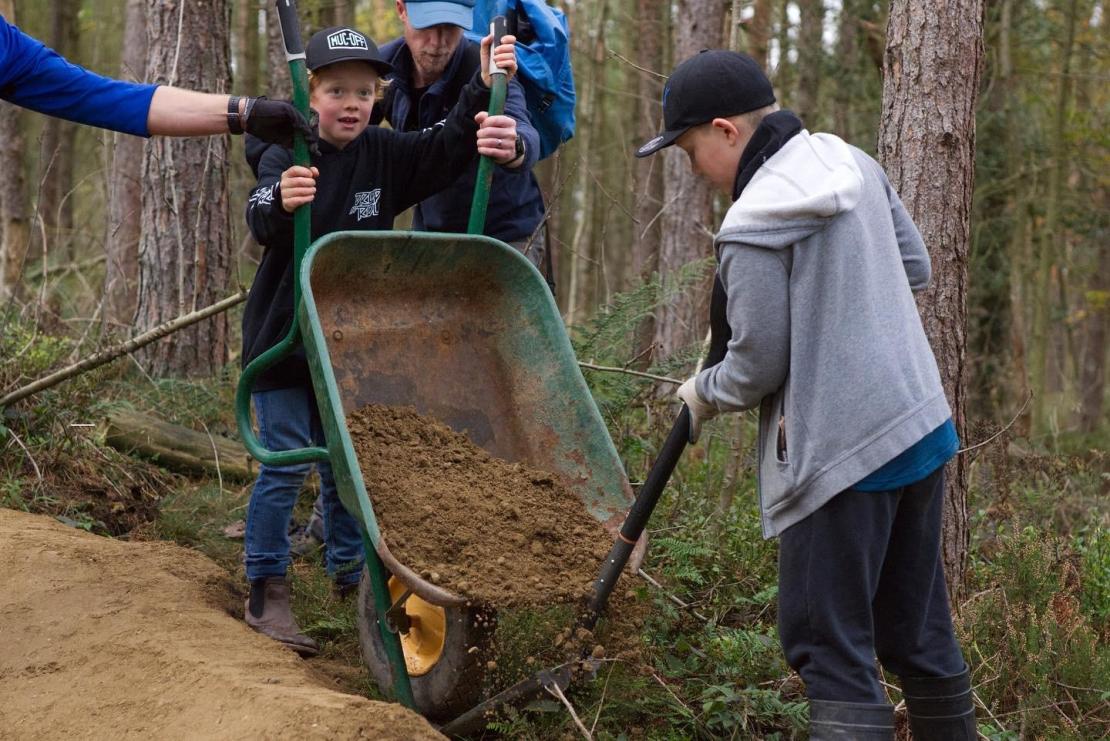
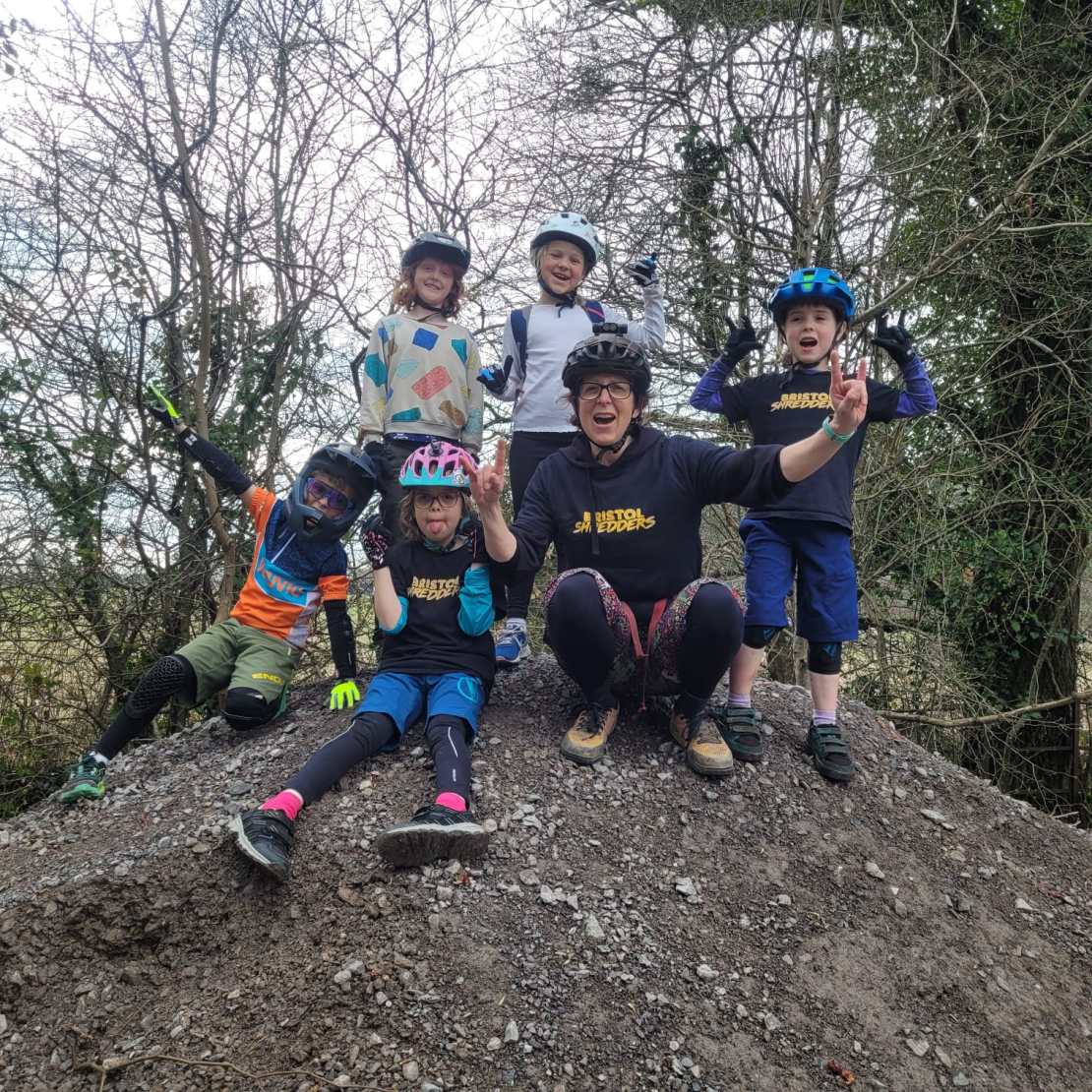
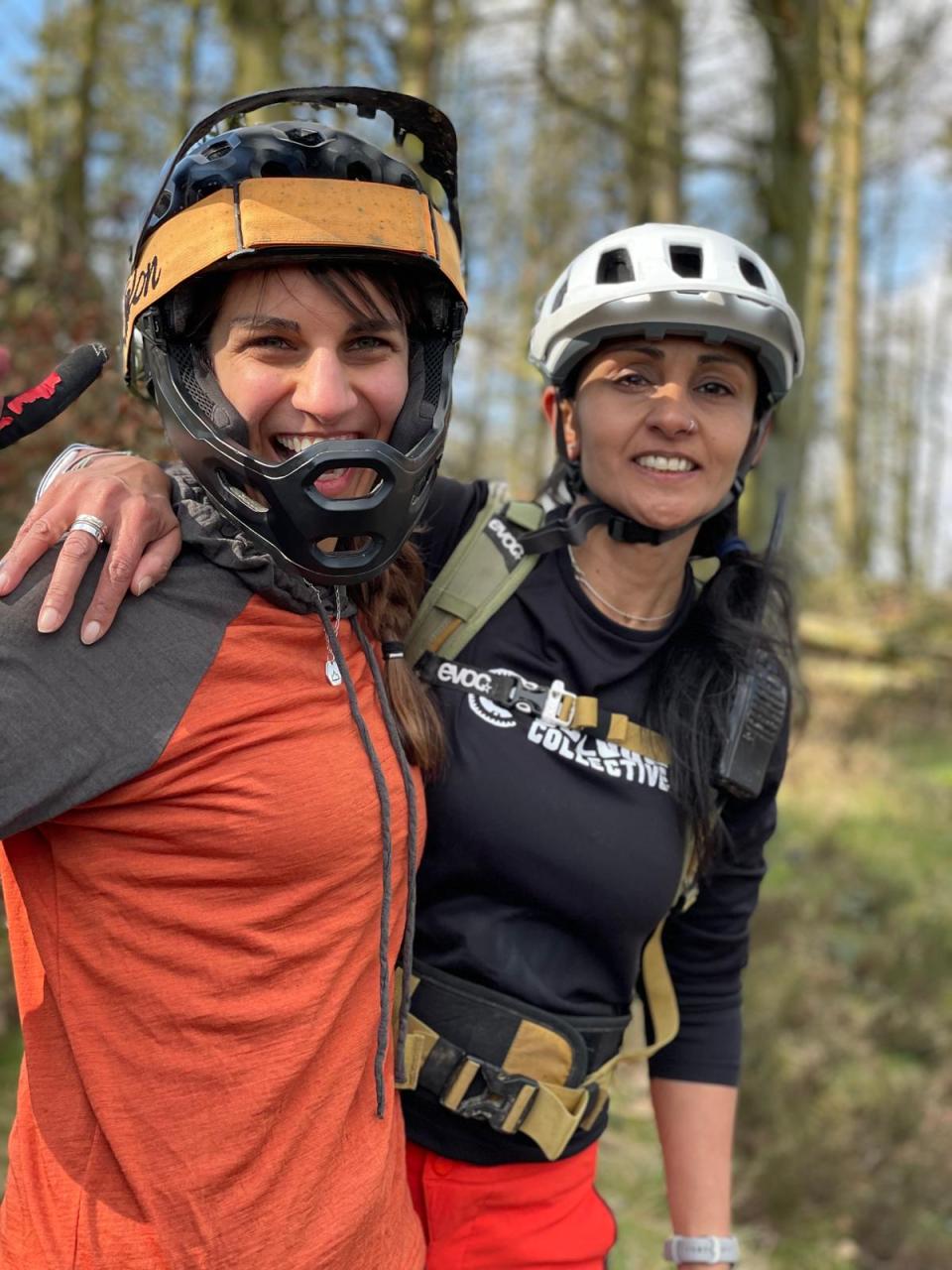
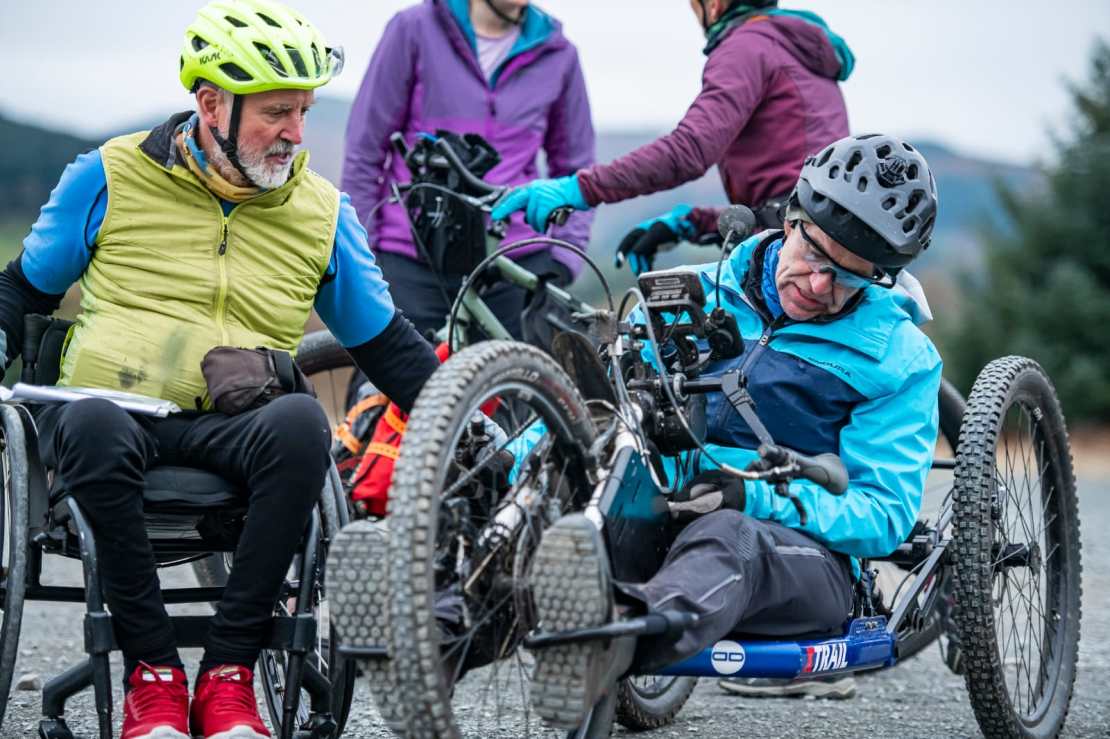
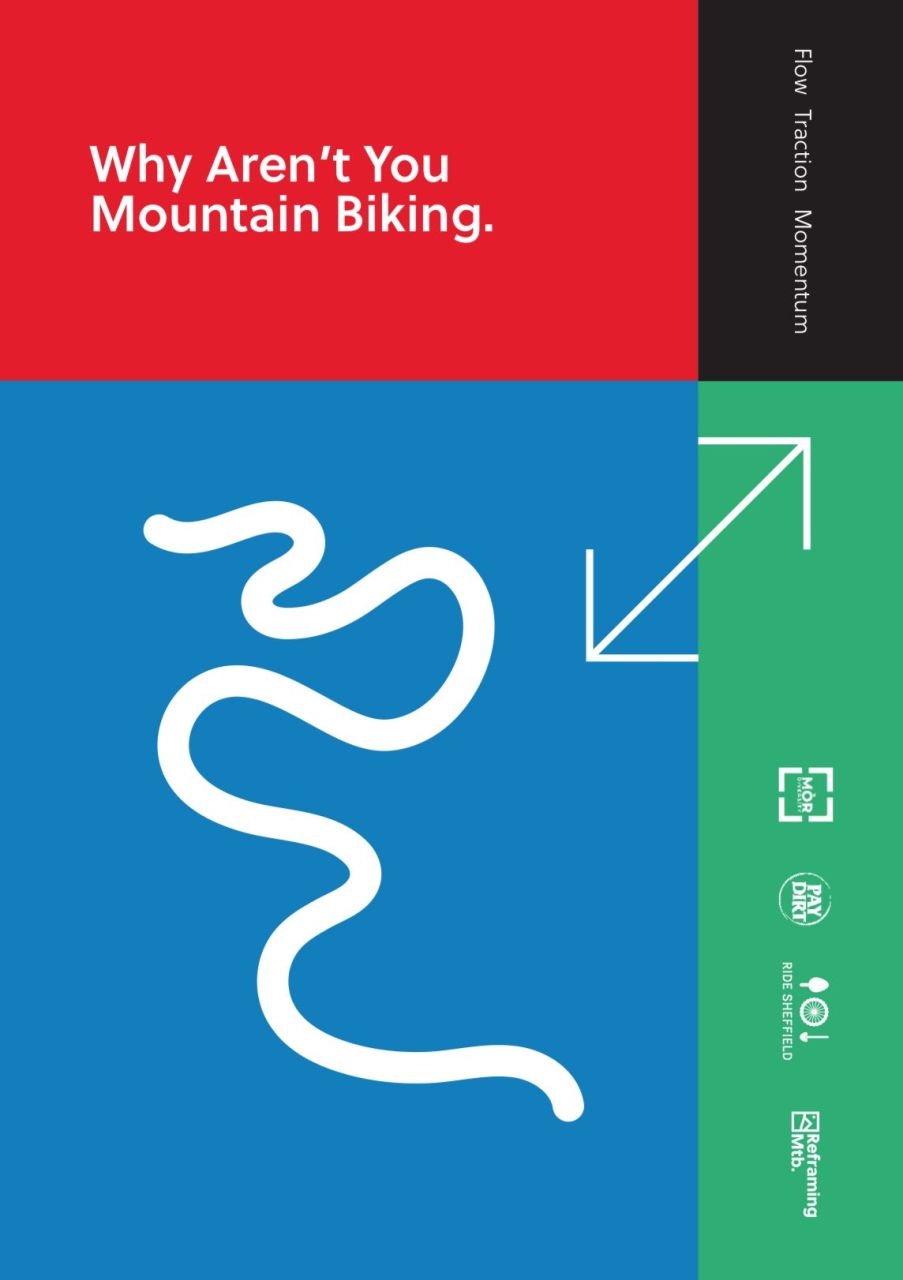
A report called “Why Aren’t You Mountain Biking?”, released today, primarily urging trail associations and community groups – but also relevant to individuals – to take steps towards making mountain biking more open and inclusive.
Funded by PayDirt and produced by Ride Sheffield and Mòr Diversity, this guide hopes to offer practical solutions to remove barriers within the mountain biking scene.
The report asks, “Why aren’t you mountain biking?” not as a challenge, but as more of a call to action.
Aneela McKenna from Mòr Diversity: “We believe mountain biking has the power to bring people together, improve mental and physical well-being, and foster a deep connection with nature. However, our research confirms that not everyone feels welcome. Our findings show that 38.4% of all respondents believe mountain biking culture is inclusive. This drops significantly among underrepresented communities: just 22.7% of people of colour individuals, 22.5% of LGBTQ+ individuals, and 19.33% of disabled individuals perceive the culture as inclusive.”
Some key findings
Affordability and knowledge: for those starting out, affordability (22%), access to kit (15%), and knowledge about trails (21%) are significant factors.
Perception of risk: non-riders often view the sport as dangerous and risky, influenced by media portrayals focusing on “thrills and risk”.
79% of respondents discovered mountain biking through friends, family, or partners, underscoring a reliance on personal connections rather than more formal entry points like schools or cycling clubs.
Homogenous representation: the media often shows mountain biking as male-dominated, with a perceived lack of racial diversity. This contributes to feelings of being an outsider for many.
Henry Norman from Ride Sheffield: “This toolkit provides actionable steps, complete with checklists and inspiring case studies from groups like Rider Resilience, Bristol Shredders, and The Adaptive Riders Collective. It’s a testament to what can be achieved when we shift our focus to people, ensuring mountain biking is truly for everyone.”
The “Why Aren’t You Mountain Biking?” report and toolkit are available for download on the Reframing Mountain Biking website – reframingmtb.com
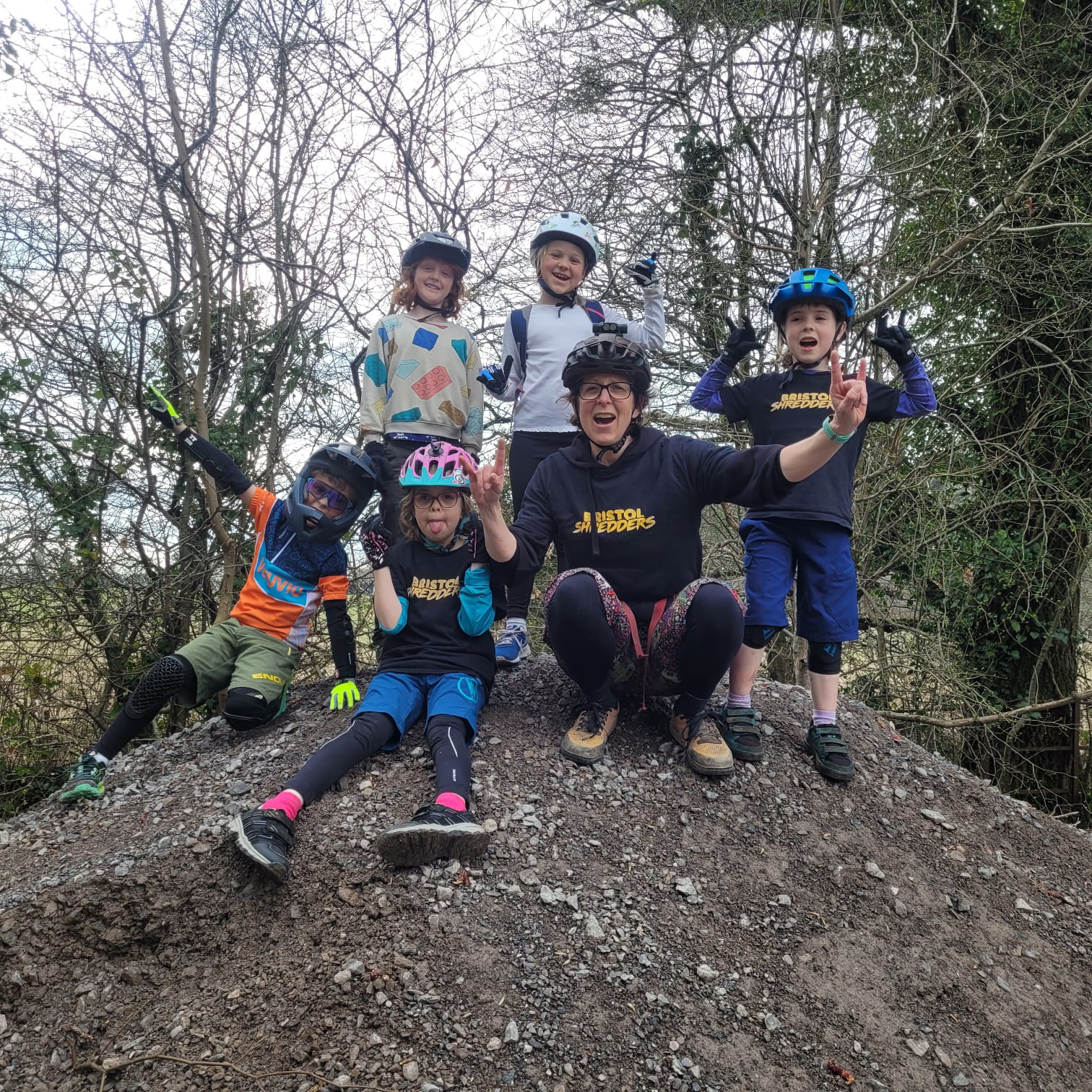

You’re not comparing like with like though. Adjusted for inflation your P7 back then was probably around £1500-2000 in today’s money.
A better comparison, money wise, with our £379 Scott wpuld probably be a Raleigh Activator. And that would have faired far less well at Metabief.
No after-school activity could ever accommodate a whole school LOL. 😂😂😂A more pressing question – why did so many pupils go home (not taking advantage of any activity on offer)? 🤷♂️
I never said that.The point is – comparisons can be inherently discriminatory if they are used with a view to encourage one group to do as another, but not the other way round.What are we encouraging boys to do, or aspire to? Significant enrichment could be had from female peers and role models.Anyway – girls achieve better GCSE results, which can lead to better opportunities in the long term. So whilst (according to you) they are being held back by simple sexism, let’s not worry about the boys’ results which have been significantly lower for quite some time. Figures below (from TES).
From riding bikes you dim witted idiot.
Try looking at what you have written and have a think.
So more girls wanted to go but there wasn’t room?
Probably a bit below that. £699 for the rigid alivio version sticks in my mind but not far off £1500. I do remember that Kona had the Cinder cone or lava dome available for £400 which would have also managed Metabief.
From what I remember £300 was generally considered the minimum you could pay to get a useable mountain bike in the mid-90s which would be around £600 today. Might not have survived too long at Metabief but it would have been fine for the first year or so at the local mountain bike club.
Back then you were at least on the same trails with a £300 bike vs a £2000 bike. That would be the equivalent of a £600 and a £4000 bike today.
Last time I mentioned the bike I was riding on here (I think it was a wheel size debate or something) I said I was riding a Giant Trance 2 to which two people responded along the lines of, ‘Well you’re obviously not riding proper tech with that so you don’t know what you’re talking about.’ £3000 RRP even if I only paid £1000 for it since it was the last Giant in the shop and they were switching over to selling another brand.
Back in the mid-90s if you were riding a £1500 bike no one would be scoffing at its ability to handle tech (such as tech was back then).
I do think people these days people can be overly precious about what bike can handle what terrain but I also think the difference between a £600 bike and a £4000 bike is such that some serious compromises are going to have to made for these people if they want to ride in the same group.
And that’s before we start talking about ebikes which is an entirely different level of barrier to entry…
It’s a weird one , I think the cycling gets either passed down by your parents or it being the next thing, like bmx’ ing in the 80’s you then discover the various niches.
Even your mates may introduce you to it.
E-bikes are a different thing thou, a lot are used as cheap transport(without a requirement for a licence,training,insurance or MOT) as opposed to loving or having an interest riding so you could have an ebike and just not mtb or have any interest in anything cycli.
Probably more than you imagine, but given I was talking about enabling more women to ride bikes when you interjected with a load of irrelevant waffle about GCSE’s it’s not really important.
You really do struggle with even the basics don’t you 😄
Much the point I made much earlier. BITD a relative newbie could turn up on a cheap bike with cheap components and not be too disadvantaged. Nowadays the gap between entry level and full-on enduro e-sled is so great that even a massively better level of fitness would see them struggle to keep up.
That’s certainly true in the UK. Less so in the rest of Europe (and for those riders visiting the UK).
I’m very comfy in lycra shorts for biking…I can never get comfy with shorts and pants on. I don’t tend to wear baggies over the shorts either as they just slide down.
However, I’m already committed to the sport so suspect it makes no odds if I wear lycra or not!
Hmmm. About Lycra, I do think that non bikers tend to look at middle aged Lyra clad roadies, especially non slim ones, and think that the outfits look just ridiculous.
Regarding why more people don’t mountain bike, the cost of the bikes must be a huge entry barrier. Having said that, even with those costs, I do see kids on my local trails having a go. But many avid wearing helmets like the plague. I think this is related to the pint above about Lycra. I think non-bikers feel that helmets are over the top. I couldn’t disagree more. But that’s what I observe here in belfast.
i did visit a trail spot in a more affluent area, and there were tons of kids there. Mostly riding the jump lines. And riding jumps I wouldn’t attempt. But in more working class areas, I do think the cost of the gear is a big disincentive.
There’s always the youngster that turns up on a cheap bike and totally smokes the over equipped old men. Still true today.
I suppose – at the risk of reiterating some earlier posts – the gap has become so big that we’ve just renamed it.
In 1994, if you were hacking around the woods and dales on a rigid bike with 2inch tyres, occasionally stopping in a barn for a sandwich and a fig roll, you were an MTBer by default.
These days, a lot of those people would be called Gravel bikers, and not included in the census of MTB’ers. But they’re still doing the same thing!
That makes sense in the older age bracket.
There’s also the youngsters on cheaper rigid or short fork ht bikes, maybe also single speed too, but jump bikes/ BMX not gravel.
Still think it’s the most accessible route in for youngsters.
Just out of interest, when you say cheap bike in this context what type of bike would that be these days?
I’m curious because I haven’t been along to any mountain bike clubs for quite a few years and I’m wondering what a kid turning up for a ride on a cheap bike would look like these days.
Fat old dudes in any sports gear generally look faintly ridiculous.
Old man salad dodger teletubbies look ridiculous in baggy shorts and tops. Clowns spring to mind! It would put a lot of youngsters off!